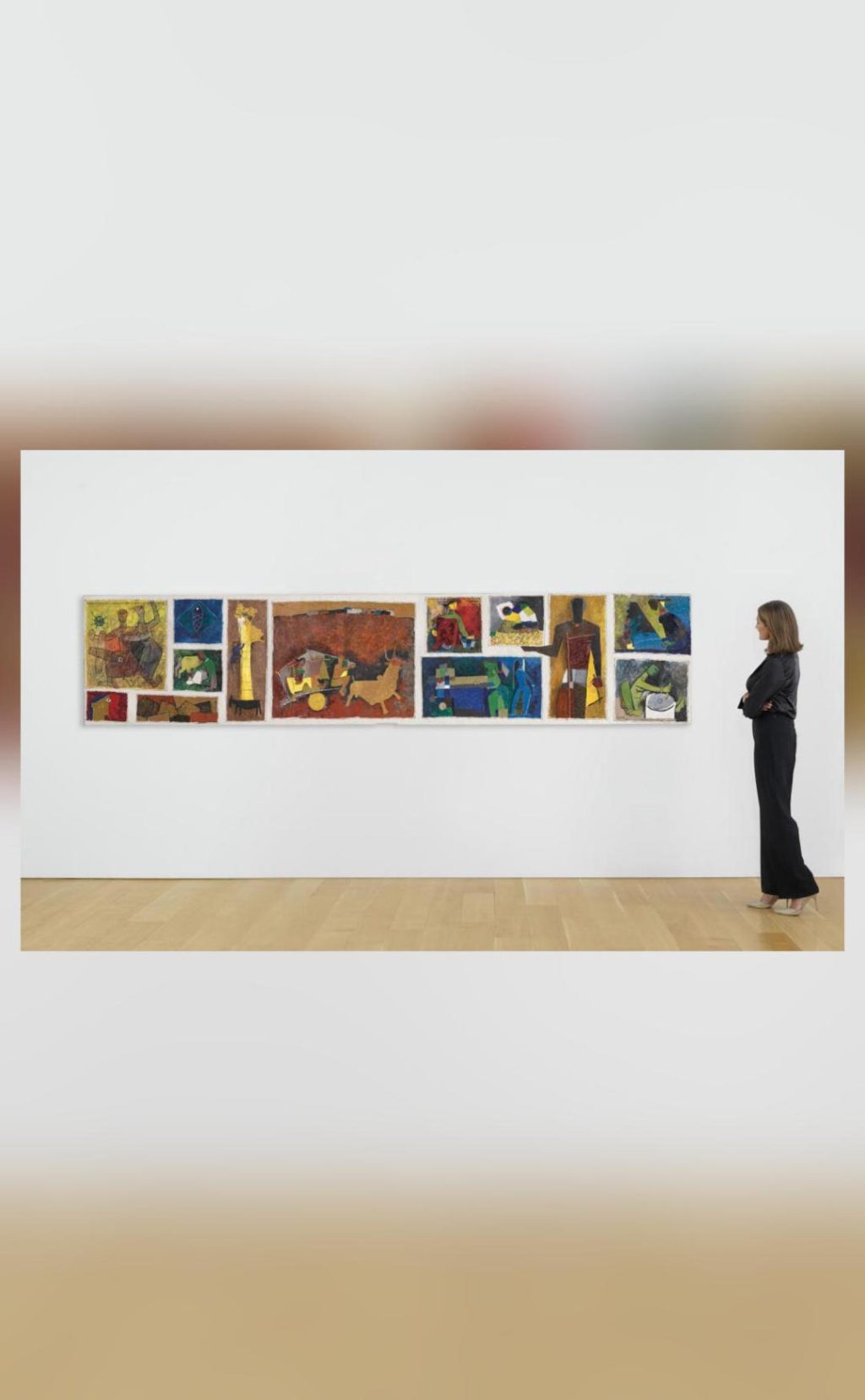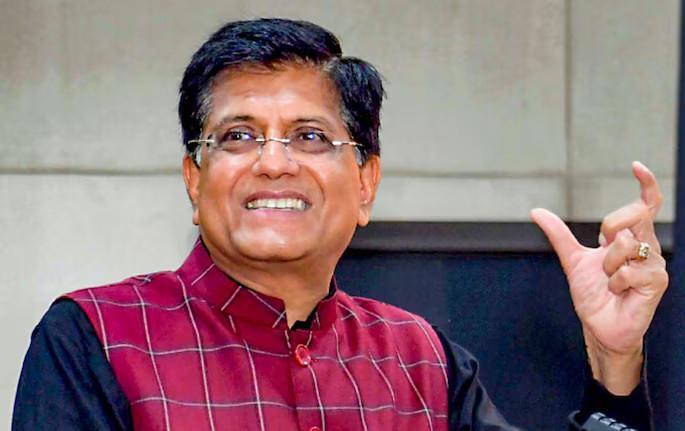
Title: How did India’s most expensive artwork, by MF Husain, reach a Norway hospital?
In a fascinating tale of art, philanthropy, and serendipity, India’s most expensive artwork, “Untitled (Gram Yatra)” by the legendary MF Husain, has been making headlines. The painting, which was sold at a Christie’s auction for a whopping ₹118 crore, has an intriguing backstory that takes us from the streets of India to the corridors of a Norwegian hospital.
The journey of “Untitled (Gram Yatra)” began in 1954 when it was purchased by Norway-based surgeon LE Volodarsky from Husain himself. At the time, Volodarsky was a young doctor who had recently moved to India for his medical training. Husain, who was already an established artist, was fascinated by Volodarsky’s passion for art and the two became fast friends.
Over the years, Volodarsky and Husain maintained a close relationship, with the doctor often visiting Husain’s studio to discuss art and philosophy. During one of these visits, Husain gifted Volodarsky the painting, which was then valued at a mere ₹500. Little did either of them know that this small gesture would one day become a significant part of art history.
In 1964, Volodarsky returned to Norway and donated the painting to Oslo University Hospital, where he was working as a surgeon. The hospital, in turn, exhibited the painting in a private corridor, where it hung quietly for decades, unknown to the art world.
Fast-forward to 2019, when the hospital decided to put the painting up for auction at Christie’s. The sale was a record-breaker, with the painting selling for a staggering ₹118 crore to an anonymous bidder. The sale not only broke records but also raised questions about how a painting by one of India’s most celebrated artists ended up in a Norwegian hospital.
As news of the sale spread, art historians and enthusiasts began to speculate about the painting’s provenance. How did a painting by Husain, who was known for his bold and vibrant works, end up in a hospital in Norway? The answer, it seems, lies in the friendship between Volodarsky and Husain.
Volodarsky, who passed away in 2007, was not only a brilliant surgeon but also a patron of the arts. He had a deep appreciation for Indian culture and was particularly fond of Husain’s work. The two men’s friendship was built on a shared love of art, music, and philosophy, and it was this bond that led Volodarsky to purchase the painting from Husain in the first place.
The sale of “Untitled (Gram Yatra)” has sparked a renewed interest in Husain’s work, which has been largely overshadowed by other Indian artists in recent years. Husain, who passed away in 2011, was a pioneer of Indian modern art, known for his bold and vibrant works that blended traditional Indian motifs with modernist techniques.
“Untitled (Gram Yatra)” is a prime example of Husain’s unique style, which blended the folk art of rural India with the abstract expressionism of the West. The painting, which measures 5 feet by 3 feet, is a vibrant depiction of Indian rural life, with bright colors and bold brushstrokes that evoke the energy and vibrancy of the Indian countryside.
The sale of “Untitled (Gram Yatra)” is not only a testament to Husain’s enduring popularity but also a reminder of the power of art to transcend borders and cultures. The painting’s journey from Husain’s studio to a Norwegian hospital is a story of serendipity and chance encounters, which ultimately led to its discovery and recognition as one of India’s most valuable artworks.
In an era where art has become a global phenomenon, the sale of “Untitled (Gram Yatra)” is a reminder that even the most unexpected places can hold hidden treasures. As the painting now finds a new home, its story serves as a testament to the power of art to bring people together and transcend borders.
Source: https://indianexpress.com/article/explained/explained-culture/m-f-husain-painting-9903618/lite/



